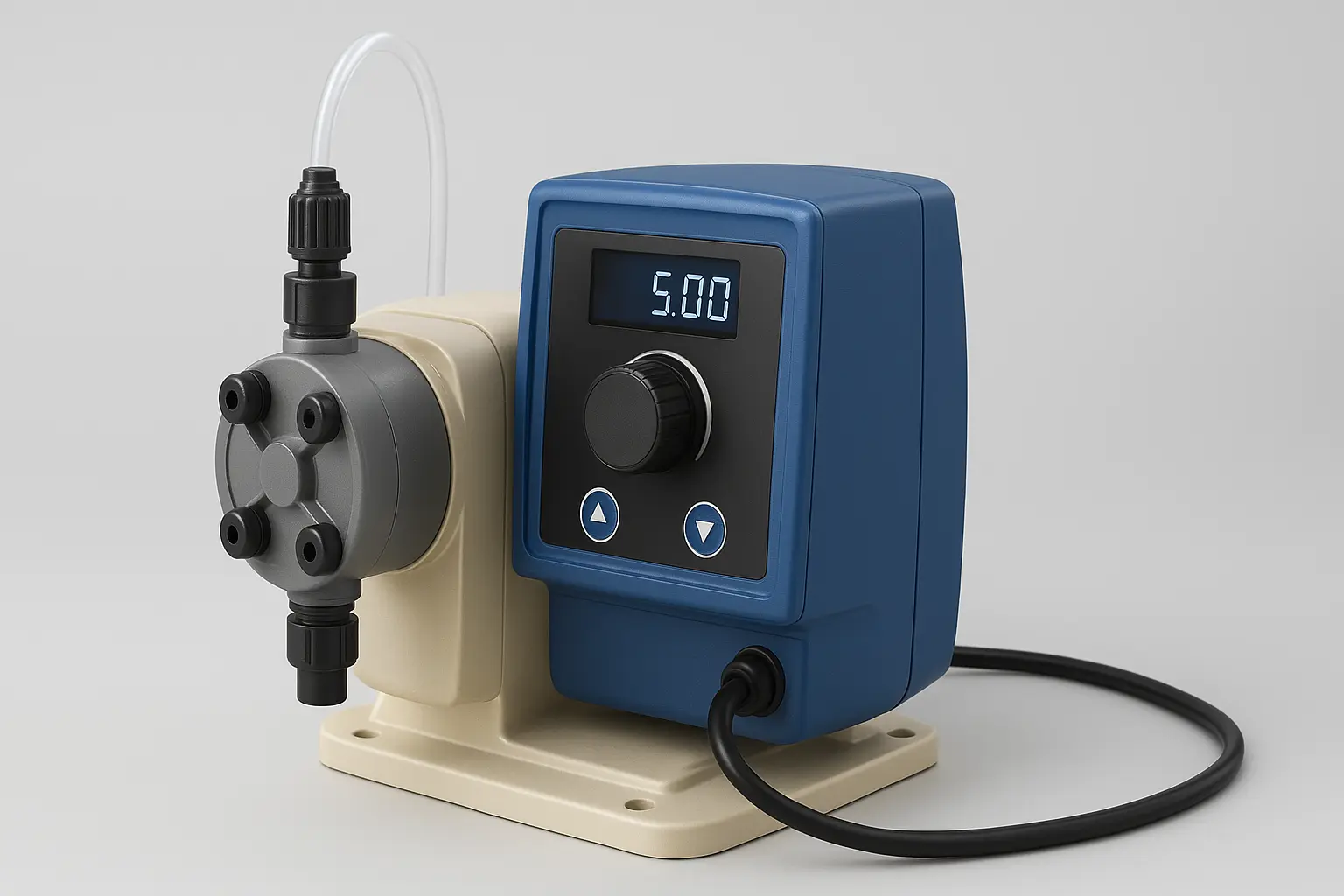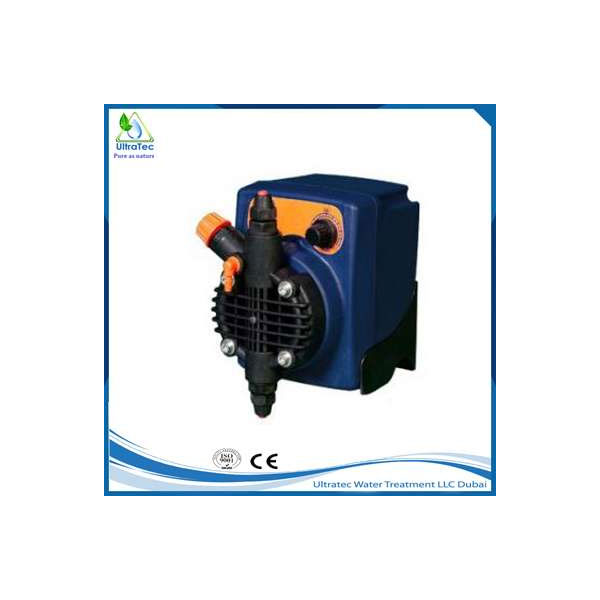Ever wondered how industries manage to add just the right amount of chemicals, medicines, or additives into huge systems without messing it up?
That’s where dosing pumps come in.
I’ve worked with these pumps in real-world applications, and trust me, once you see how precise and reliable they are, you’ll understand why so many industries rely on them.
What Exactly Is a Dosing Pump?
At its core, a dosing pump is a type of positive displacement pump. That simply means it moves a fixed amount of liquid in a controlled way. You can set the volume or flow rate, and the pump will make sure that exact amount gets delivered.
These pumps are lifesavers in processes where a precise quantity of liquid has to be added—think water treatment plants adding chlorine, or laboratories introducing chemicals into a reaction. They’re also extremely useful when dealing with hazardous liquids, since the whole process can stay sealed and safe.
I like to think of dosing pumps as the steady hand of the system. Instead of someone pouring “a bit of this and a bit of that,” the pump takes care of it with accuracy down to the milliliter.

Key Benefits of Using a Dosing Pump
From my own experience, here are the main reasons why dosing pumps stand out:
- Precision every time: No more guessing; you get accurate flow rates and volumes.
- Safety first: Perfect for handling corrosive or toxic liquids without human exposure.
- Low contamination risk: Liquids can be dosed without opening or disturbing the system.
- Flexibility: Works for different liquids—whether they’re thick, thin, or even volatile.
- Long operation: Many dosing pumps can run continuously without constant refilling.
And honestly, once you’ve seen a dosing system running, you realize how much human error it eliminates.
Types of Dosing Pumps You’ll Come Across
Not all dosing pumps are the same. The design depends on where and how they’re being used. Let’s break down the most common types:
1. Chemical Dosing Pumps
These are the workhorses in water treatment and industrial setups. They take in a set volume of liquid into a chamber, then push it into the system—usually using an electric motor or actuator.
A good chemical dosing pump doesn’t just move liquid; it makes sure the right amount is delivered at the right time. That’s why industries like food processing, wastewater management, and chemical manufacturing rely on them heavily.
2. High-Pressure Dosing Pumps
If you’ve ever been in a pharmaceutical lab, you’ve probably seen these. They can handle everything from aqueous solutions to aggressive organic liquids.
Some cool specs you’ll find with high-pressure models:
- Flow rates between 10 ml/min to 1,000 ml/min
- Pressure capability up to 650 bar
- Can handle viscous liquids up to 1,000 mPa-s
- Wide temperature range from -10 °C to 120 °C
One feature I find particularly handy is the exchangeable pump heads with RFID technology. It cuts downtime when you need to swap parts, which is a big plus for industries that can’t afford delays.
Where Are Dosing Pumps Used?
Here’s the thing, dosing pumps are more versatile than people realize. They’re used across industries like:
- Water treatment plants: For chlorine, pH control, and anti-scaling chemicals.
- Pharmaceutical production: Where sterile, precise dosing is non-negotiable.
- Food and beverage: Think of flavor extracts, preservatives, or even dairy processing.
- Research labs: For method development and controlled chemical reactions.
- Energy and oil industries: Handling corrosive, toxic, or high-pressure fluids.
And because of diaphragm-based, hermetically sealed designs, they can safely handle tricky substances like:
- Corrosive liquids (HCl, HF, nitric acid)
- Explosive gases (hydrogen, silanes)
- Sterile fluids (vegetable oils, dairy products)
- Radioactive or toxic solutions
It still amazes me how one type of pump can adapt to such a wide variety of jobs.
Why Industries Can’t Do Without Them
Without dosing pumps, industries would have to rely on manual dosing. Not only is that risky, but it’s also inefficient and often inaccurate. Imagine trying to manually add chlorine to a municipal water supply—one slip and you could underdose (unsafe water) or overdose (harmful to people).
That’s why dosing pumps are often called the “pulsing heart” of many metering and treatment systems. They keep things consistent, safe, and reliable.
Range of applications of a dosing pump
The leak-free variants, i.e. hermetically sealed diaphragm pumps, enormously expand the range of application of the oscillating positive displacement pumps so that the fluids can have the subsequent properties:
- abrasive (suspensions with SiO2, Al2O3, catalysts, abrasive pastes)
- explosive (hydrogen, silanes)
- extreme purity (antibiotics)
- high vapor pressure (liquefied gases)
- corrosive (HCl, HF, HNO3)
- radioactive (plutonium / uranium salt solutions)
- reactive (water glass, sodium, aluminum alkyl)
- bad lubricating (liquid gases)
- sterile (lecithin, vegetable oils, dairy products)
- toxic (chlorine, bromine)
- valuable (spice extracts, volatile oils)
DOSING PUMPS

A dosing pumps are a type of positive displacement pump that is used to pump a precise volume of liquid. This can be done by either setting the volume on the pump or by setting a flow rate
Product Brand: Ultratec
Product Currency: aed
Price Valid Until: 2030-06-14
Product In-Stock: InStock
5





